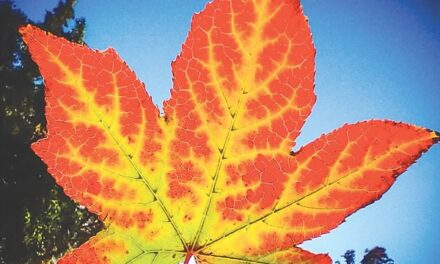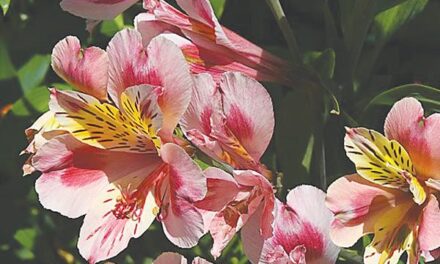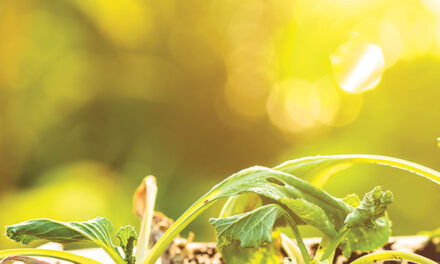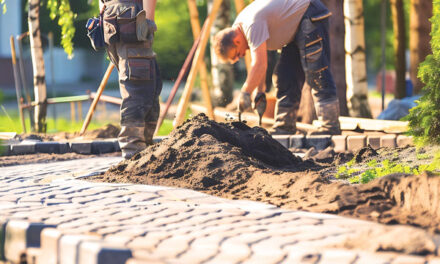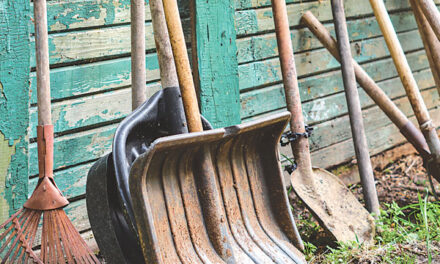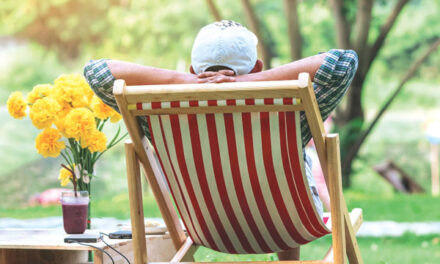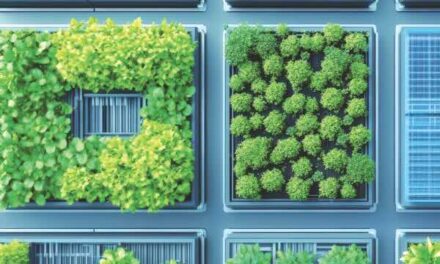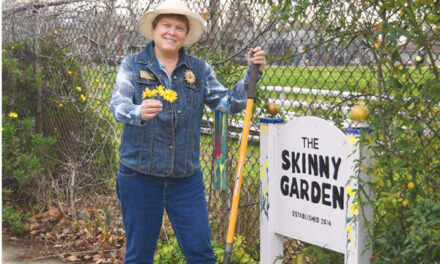Admit it, until leaves transform into dazzling colors and blanket streets and lawns, they are merely a supporting cast to our magnificent trees.
Occasionally we remember to appreciate the shade provided in summer and the glorious compost that leaves spawn. Houseplant enthusiasts value leaves for helping clean the air by absorbing carbon dioxide and releasing oxygen. Every garden is enhanced and benefits from leaves.
Often, we are too busy or not interested in granting Sacramento’s urban leaf canopy the respect it deserves. In truth, leaves are as Sacramento as farm to fork and tomatoes.
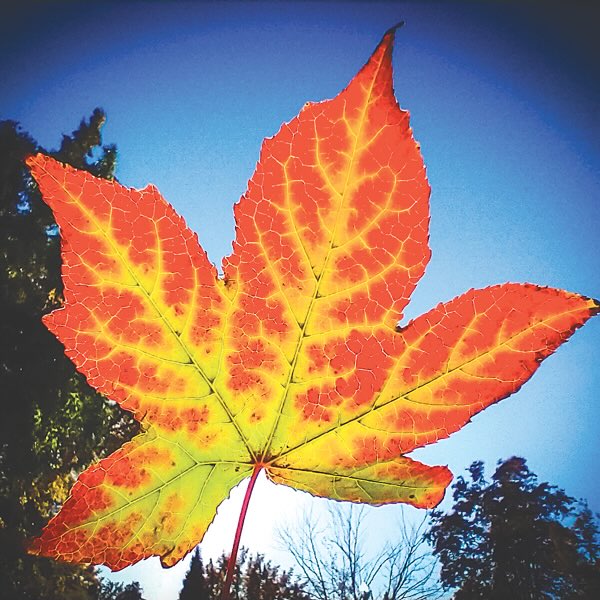
Fall is a reminder to admire precious leaves as they cartwheel down Land Park Drive and East Sac streets.
Some consider leaf fall an annoyance. Fall leaves are glorious, but they fill rain gutters and green bins. It’s leaf season when the city unleashes The Claw to remove mountains of curbside leaves.
What happens to those leaves? The city’s curbside organics recycling program turns leaves and other organic matter into free compost for gardens. The program is a perk, but it complies with Senate Bill 1383 that mandates recycling instead of landfill dumping and the resulting methane emissions.
I’ve found the city website hard to navigate. To find information on composting, free city compost and backyard composting, visit cityofsacramento.gov and enter “compost” in the search box.
Residents are eligible for up to two loads of compost (3 cubic yards each) per year. A truck or open-top trailer is needed for picking up compost. Each load must be a minimum of a half-cubic yard. The city estimates a half-cubic yard will cover 50 square feet at a depth of 3 inches. That amount would be just shy of enough compost to amend a pair of standard 4-by-8-foot raised vegetable beds.
Cars and SUVs are not allowed for compost pickup, but delivery is an option. Minimum load for delivery is 3 yards. Delivery is $85.
Backyard leaf composting just happens—slowly, if leaves are piled and left to decompose. Or rapidly, if leaves are shredded, mixed with nitrogen-rich materials and the pile is regularly turned and kept moist. Everything you need to know about backyard composting is at sacmg.ucanr.edu. On the left side of the website, click “Composting and worms.”
The lifecycle of a leaf is similar to a human’s. It begins as a wee bud, grows with water and nutrients, matures and enters its golden years. In the grand finale, days shorten, temperatures cool. Leaves drop and decompose.
Decomposition is performed by soil microorganisms that return nutrients back to the soil. Enriched soil rewards future plants.
Deciduous trees produce most leaf piles. These trees shed annually, reabsorbing nutrients from leaves before they fall. Popular local trees, such as maples, oaks, birch, Chinese pistache, crape myrtle and sycamores are deciduous.
Evergreens lose older leaves and needles but constantly replace them with new leaves and needles. Gardeners are fond of evergreen citrus trees. But anybody who tends citrus has experienced leaf drop.
As older leaves depart it’s wise to examine the tree for other causes of leaf drop—pests, nutrient deficiencies and environmental causes (heat waves, freezing temperatures, watering irregularities).
The Sacramento Tree Foundation recommends these five trees for fall color and landscape beauty: tupelo, scarlet oak, Chinese pistache, Washington hawthorn and ginkgo.
Shuffle through leaves and enjoy the colorful public performances at Land Park, East Sac, Curtis Park, Capitol Park and River Park. Parts of the American River Parkway bike trail and McKinley Park are swipes of fall color. The UC Davis Arboretum is a short drive for a big reward.
Fill a thermal canteen with hot chocolate, grab a hoodie and spend fall days admiring our fabulous leaves.
Dan Vierria is a University of California Cooperative Extension Master Gardener for Sacramento County. He can be reached at masterg29@gmail.com. For answers to gardening questions, contact UCCE Master Gardeners at (916) 876-5338, email mgsacramento@ucanr.edu or visit sacmg.ucanr.edu. Follow us on Facebook and Instagram: @insidesacramento.




